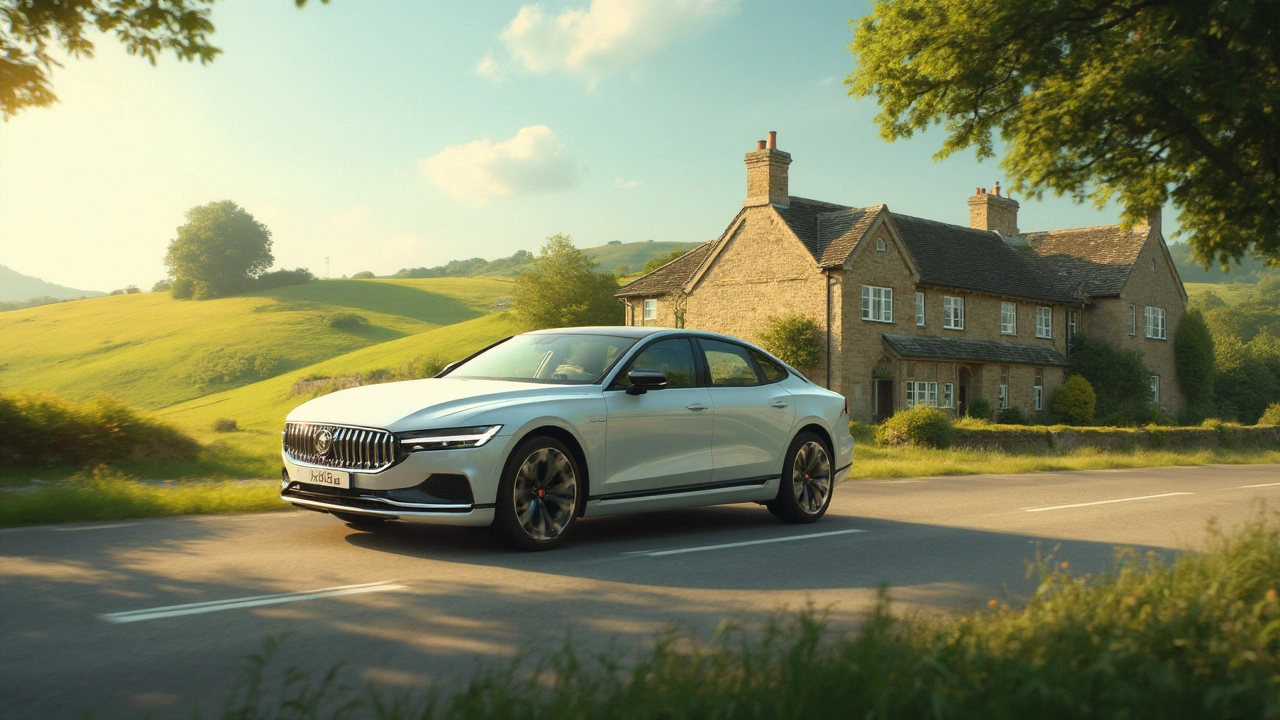Automatic Transmission Basics for HGV Drivers
If you’ve spent most of your driving life behind a stick‑shift, the idea of an automatic HGV can feel both exciting and intimidating. The good news? It’s not a mystery. An automatic gearbox does the shifting for you, letting you focus on steering, traffic and road safety. Below we break down what an automatic transmission actually does, why many drivers prefer it, and how to keep it in top shape.
How an Automatic Transmission Works
Instead of a clutch pedal and gear lever, an automatic uses a torque converter, planetary gear sets and electronic controls. When you press the accelerator, the torque converter transfers engine power to the gearbox. Sensors read your speed and load, then the control unit selects the right gear without any input from you. The result is smoother acceleration and less wear on the clutch – because there isn’t one.
Why Choose Automatic for a Heavy Goods Vehicle?
Heavy‑goods vehicles spend a lot of time in stop‑and‑go traffic, urban deliveries and long‑haul cruising. For most of these situations, an automatic can reduce driver fatigue. You don’t have to constantly press the clutch or hunt for the right gear, which means fewer mistakes and lower stress levels. Fuel efficiency has improved a lot too – modern automatics can match or beat manuals thanks to smart gearing algorithms.
Another practical win is easier training. New HGV learners can focus on road rules and vehicle handling without juggling clutch timing. That often leads to higher first‑time pass rates on the practical test. If you’re aiming for a smooth, consistent driving experience, an automatic is worth a look.
Of course, there are a few things to consider. Automatics can be pricier up‑front, and some fleet managers worry about higher repair costs. However, many manufacturers now offer long‑term warranties on the transmission, and routine maintenance can keep those costs low.
Maintenance Tips to Keep Your Automatic Healthy
Even though you don’t have to shift gears manually, the transmission still needs care. Here are three simple habits:
- Check fluid levels regularly. Automatic gear oil degrades over time. Follow the service schedule in your driver’s handbook and top up or replace it as needed.
- Listen for odd noises. Whining, clunking or sudden shuddering can signal internal wear. Report any new sounds to your mechanic before they become big problems.
- Don’t overload the vehicle. Exceeding the recommended gross weight forces the gearbox to work harder, shortening its lifespan.
Keeping the transmission cool is also key. Make sure the radiator and cooling fans are clean, especially if you operate in hot climates or heavy traffic.
Preparing for Your HGV Licence Test with an Automatic
When you book your practical test, let the examiner know you’ll be using an automatic. The test route is the same, but you’ll be assessed on vehicle control, observation and manoeuvres – not clutch work. Practice smooth braking and accelerating, and get comfortable with the gear selector positions (Drive, Reverse, Neutral, Park). The more you drive the vehicle in real traffic, the more confident you’ll feel on test day.
Finally, remember that an automatic doesn’t make you a better driver automatically. Good road habits, proper mirror checks and safe following distances still apply. Use the gearbox to free up mental bandwidth, then focus on the road ahead.
Whether you’re new to HGVs or an experienced driver looking to switch, the automatic transmission offers a blend of comfort, efficiency and safety. Keep the fluid topped up, stay alert to any strange sounds, and practice regular driving skills – and you’ll get the most out of your automatic rig.
- November 8 2025
- 0 Comments
- Rowan Cavendish
Do You Use Both Feet When Driving an Automatic Car?
Learn why using both feet when driving an automatic car is risky, what experts recommend instead, and how switching to right-foot-only braking improves safety and reduces wear on your vehicle.
- April 4 2025
- 0 Comments
- Rowan Cavendish
How to Start Driving an Automatic Car
Learning to drive an automatic car can be an exciting and less daunting experience than tackling a manual. This article explains the key steps for beginners to get comfortable with automatic driving. Readers will find tips on managing controls, understanding basic gears, and building confidence on the road. The piece aims to provide insights that make transitioning into the driver's seat smoother and more fun.
- March 11 2025
- 0 Comments
- Rowan Cavendish
Are Automatic Cars Better for Nervous Drivers?
Automatic cars often bring comfort and ease to nervous drivers, offering a simpler driving experience without the hassle of manual gear shifts. This article explores why automatic vehicles may be a better choice for anxious individuals, covering everything from smooth handling to focus on the road. Alongside interesting facts and tips, nervous drivers can gain practical knowledge about how automatic cars can help them become more confident on the road. The piece also dives into tips on making the transition smoother and provides a clear understanding of the benefits over manual cars. Emphasizing practical benefits, this article is a go-to for anyone considering making the switch.
- Driving Lessons (41)
- Driving Test Tips (33)
- HGV Training (31)
- Driving Test Booking (27)
- Driving Licence Renewal (24)
- Driving Theory Test (21)
- Intensive Driving Course (16)
- Pass Plus Course (15)
- Driving Tips (15)
- Driver Licensing (14)
Categories
- January 2026 (4)
- December 2025 (15)
- November 2025 (13)
- October 2025 (21)
- September 2025 (5)
- August 2025 (8)
- July 2025 (30)
- June 2025 (30)
- May 2025 (30)
- April 2025 (31)
- March 2025 (30)
- February 2025 (28)
Archives
- driving lessons
- driving test
- driving tips
- intensive driving course
- driving test tips
- HGV training
- learn to drive
- driving theory test
- driver training
- driving test booking
- pass driving test
- HGV driving
- road safety
- driving license renewal
- Virginia driving test
- learner drivers
- safe driving
- Virginia driver's license
- driving license
- learning to drive



